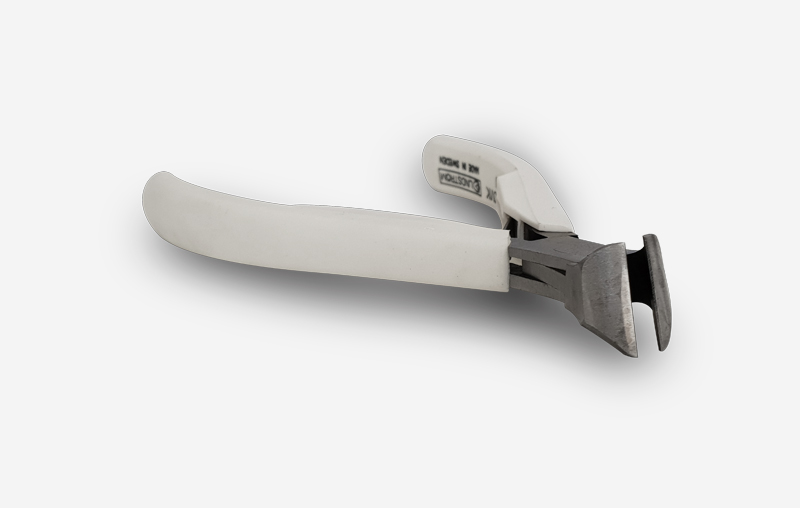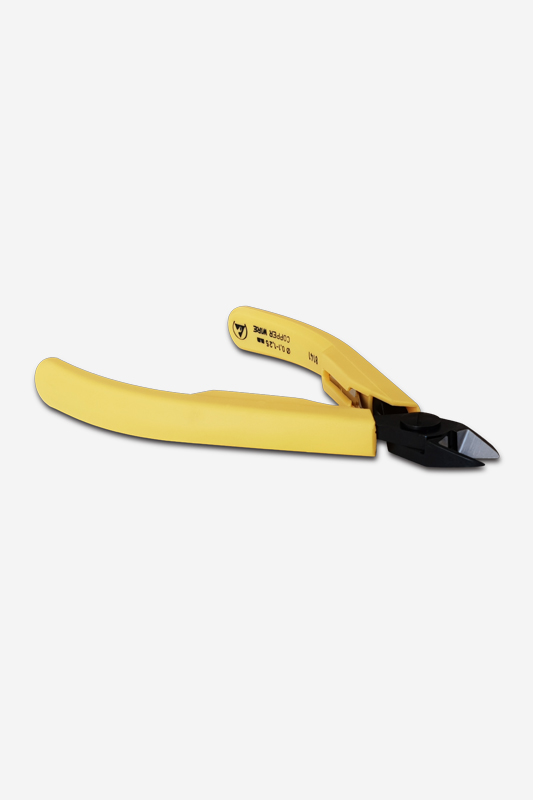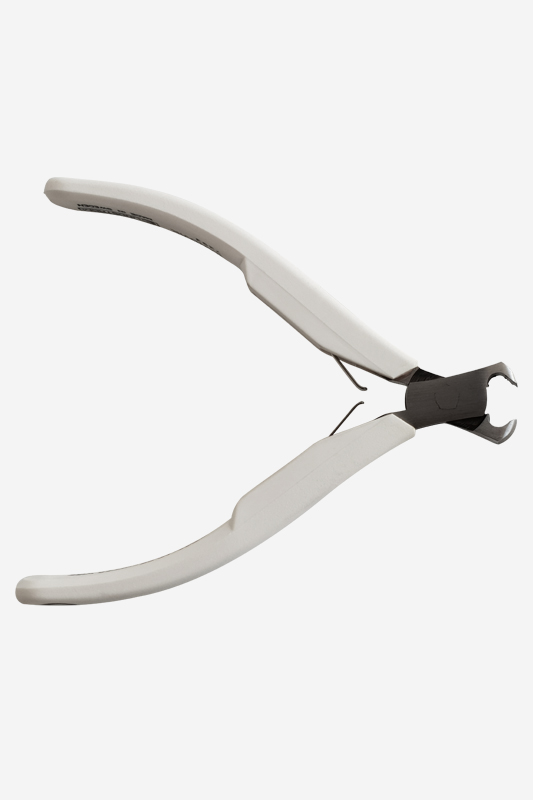Introducing a new hand tool design for professionals is a complicated and time-consuming process. The scope and complexity of the problems here is well illustrated by the “Ergo” programme formulated by Lindström. It is an eleven-point procedure for implementing projects. The main elements of this programme are presented below.
The first point is the adoption of draft specifications setting out the essential objectives and functions of the tool and the determination of all factors relating to its manufacture and use. A number of questions need to be answered at this stage, including: the type and nature of the activity/operation, frequency and duration of use; the psychophysical characteristics of the user and the specifics of using the tool (posture, strength, anatomical characteristics, anticipated working positions, experience, etc.); environmental conditions, shapes, dimensions, resistances, parameters intended for the manufacture of the tool; international regulations in force, as well as specific statutory regulations.
In the second point, a market analysis is carried out. The basic questions here are about the characteristics of hand tools most often bought and used by professionals. The third point is basic research, taking into account knowledge of: occupational diseases caused by hand tools; factors that increase the risk of injuries at work. The fourth point of the programme brings the idea developed on the basis of the collected and processed information to materialize. Prototypes are made. Point five is the so-called “user test 1”. This is a decisive stage, but also very time-consuming. In order to take into account the differences in hand construction associated with the users’ nationality (Lindström sells tools all over the world), meticulous tests and measurements are carried out in many places at the same time, and film records made. In addition, all user opinions are collected. The huge amount of data collected is a database for activities under point six, where changes are made to bring the prototype closer to the final design. This phase lasts from 2 to 3 months and ends with the production of a certain number of modified prototypes.
After this they are delivered to a selected (this time wider) group of users, with characteristics representative of future users. This is the seventh point of the program, “User Test 2”. Apart from opinions allowing for subtle modifications, this test is a source of statistical information.
Point eight of the program contains an analysis of the results of the previous one and leads to a built prototype of a real hand tool. Point nine – ‘Product specifications’ – is associated with the preparation of full documentation and the production of a short series to check and set the equipment of the production line. Point ten is “User test 3 and production preparation”.
Approximately 200 tools are being used again. Only after the requirements of this stage have been met, the tool is approved for large-volume production with the ERGO mark. In this phase, demo kits, packaging design, promotional and advertising materials, etc. are produced. It takes 2 to 3 years from the start of the process.
For the quality of tools to be fully understood, the characteristics of long use must be taken into account. The eleventh point of the Ergo” programme, entitled “Continuous monitoring”, assumes “tracking” of the tools for the next five years. Observations can then be made on durability as well as possible health effects associated with long use. It is also necessary to gather recorded user opinions. The example of Lindström shows that the production of professional hand tools with guaranteed high quality, safety and comfort of use requires knowledge, experience and resources that only leading manufacturers can have. They certainly include companies such as Piergiacomi and Gebra.
PACE has developed exemplary ergonomic solutions in the field of soldering handle construction for assembly/disassembly of electronic components and circuits. A great deal of attention to the behaviour of the tools in real conditions indicates how important it is to achieve a proper user-tool relationship. The manufacturer may do so by adapting the tools to the observed user characteristics. However, there is always a margin associated with non-standard and unpredictable individual actions. If, for example, it is incorrectly applied, the employee adopts a faulty attitude, applies too much force under the given conditions – the risk of injury increases.
Avoiding damages and losses requires not only mastering the knowledge related to the conducted activity, but also a good understanding of the wide range of tools available on the market. Therefore, it is very important to choose the optimal one for your activity.
You can count on reliable assistance in this area, including advice and training, from an authorized representative. It is best when it represents several manufacturers – the choice is then widened and the concept of optimisation gains a full dimension. Renex, known to Polish electronics specialists, is a good choice for such requirements.


